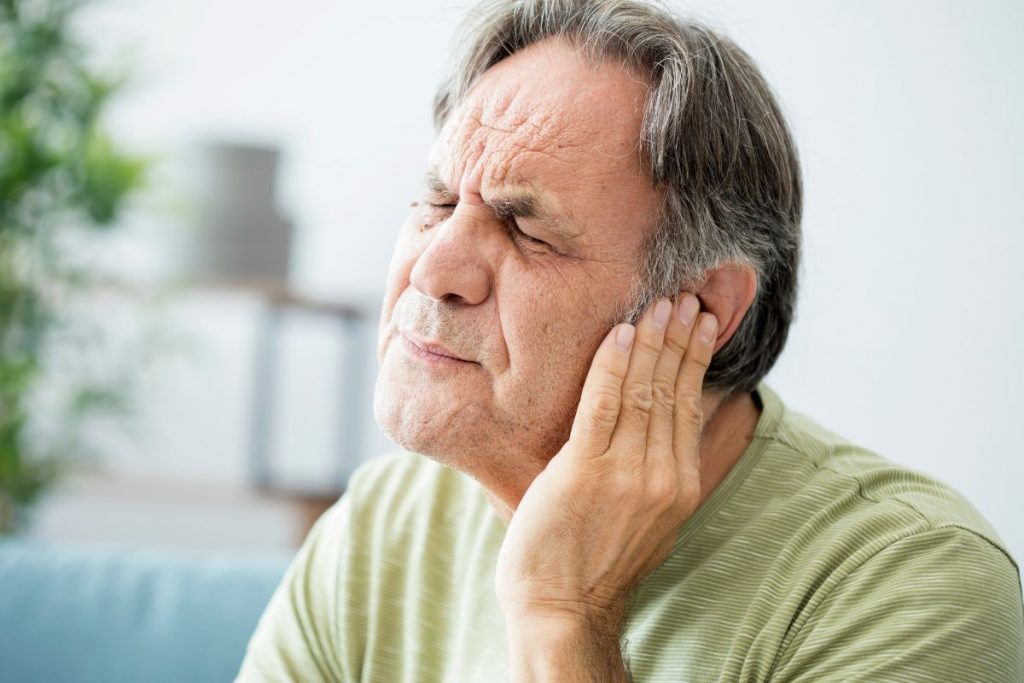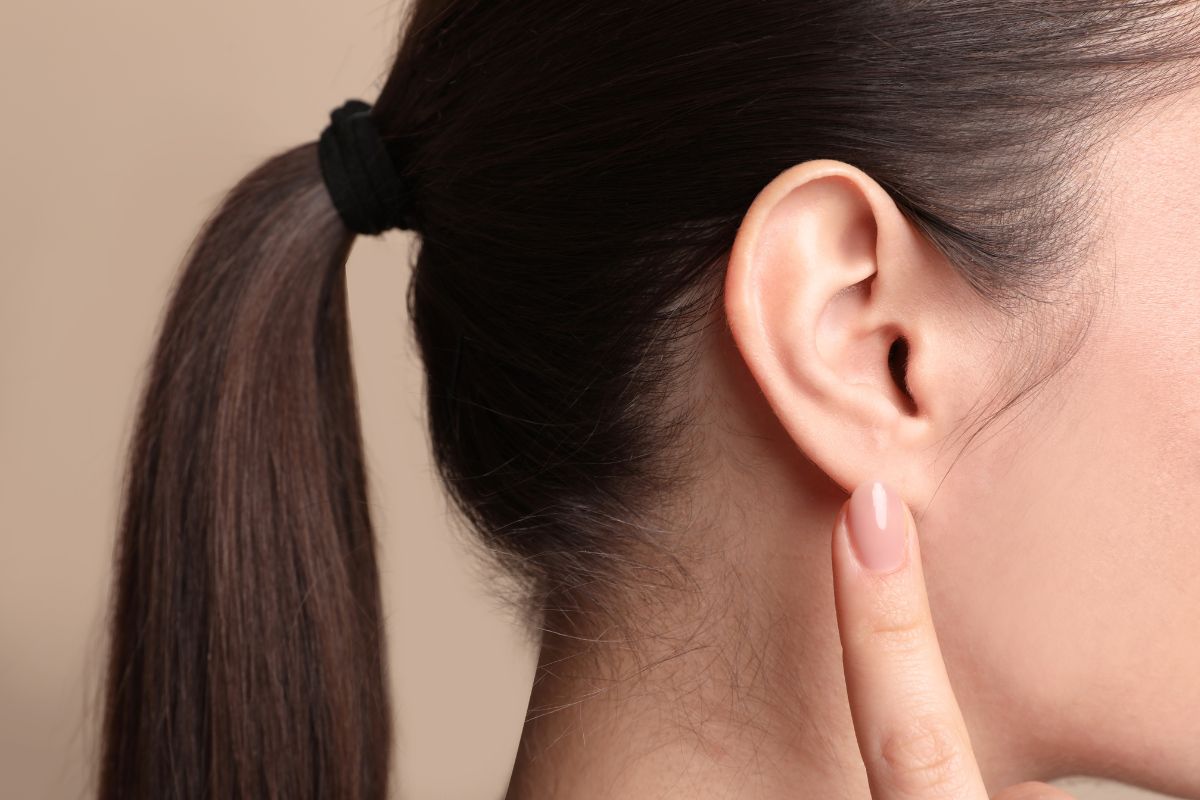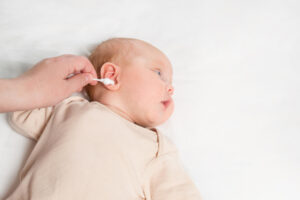Introduction to how seasonal changes impact one's ear health

In this article, Dr Shree Rao talks about how seasonal changes impact one’s ear health. She is the Best Doctor for Cochlear Implants.
Maintaining ear health is a fundamental aspect of overall well-being, often overlooked until discomfort or issues arise. The delicate nature of the human ear makes it susceptible to various factors, including the ever-changing seasons. Understanding the intricate relationship between seasonal variations and ear health is crucial for proactive care.
Seasonal changes can impact one’s ears in multifaceted ways, ranging from allergies to temperature extremes and environmental factors. This blog post aims to explore the intricate interplay between ear health and the shifting seasons while offering valuable insights and practical tips to safeguard auditory well-being throughout the year.
In this comprehensive exploration, the intricate relationship between seasonal changes and ear health takes center stage. From the sweltering heat of summer to the frigid depths of winter, from the bloom of spring to the withering of autumn leaves, each season presents a distinct set of circumstances that can impact the auditory well-being of individuals.
This discourse will delve into the multifaceted nature of these impacts, illuminating the vulnerabilities and adaptations the ears undergo in response to seasonal shifts. It will uncover the risks posed by environmental factors, such as humidity and allergens, and how they can affect ear health. Moreover, it will underscore the role of expert care, by Dr. Shree Rao, in navigating the complex terrain of seasonal ear health.
Common ear problems by season
Throughout the changing seasons, individuals may encounter a variety of ear-related issues, each uniquely influenced by environmental factors and climate variations.
- Allergic Rhinitis (Hay Fever) – Spring heralds the arrival of pollen, triggering allergic reactions in many individuals. Allergic rhinitis can lead to ear-related symptoms, including ear congestion and discomfort.
- Ear Infections – Increased moisture and humidity in spring can create ideal conditions for bacteria and fungi to thrive. This can contribute to ear infections, which may cause pain, itching, and drainage.
- Swimmer’s Ear (Otitis Externa) – Frequent swimming and exposure to water activities can increase the risk of swimmer’s ear during the summer months. This condition is characterized by ear pain, itching, and drainage.
- Excessive Earwax – Hot weather can cause earwax to become softer, potentially leading to blockages or impactions.
- Ear Congestion – As autumn ushers in cooler temperatures, individuals may experience ear congestion due to the narrowing of blood vessels in response to the cold. This can lead to discomfort and muffled hearing.
- Allergy Flare-Ups – Fall allergies, often triggered by ragweed pollen, can exacerbate ear-related symptoms, such as itching and congestion.
- Cold-Induced Pain – Exposure to cold winds can result in ear pain and discomfort as blood vessels constrict, reducing blood flow to the ears.
- Frostbite Risk – In extreme cold, there is a heightened risk of frostbite affecting the ears, potentially leading to tissue damage.
- Increased Ear Wax Hardening – Cold weather can cause ear wax to harden, potentially leading to ear canal blockages and discomfort.
- Earwax Impaction – Earwax impaction, characterized by the buildup of earwax in the ear canal, can occur at any time of the year. It may lead to hearing difficulties and discomfort.
- Tinnitus – Tinnitus, or ringing in the ears, can be a persistent issue regardless of the season. It may be exacerbated by exposure to loud sounds or other factors.
Seasonal allergies and ear health
Seasonal allergies, often triggered by pollen, mold spores, and other allergens, affect millions of individuals worldwide. While the primary symptoms of seasonal allergies typically include sneezing, runny nose, and itchy eyes, their impact extends beyond these common manifestations, often reaching the ears.
Seasonal allergies, also known as hay fever or allergic rhinitis, occur when the body’s immune system overreacts to allergens in the environment. When these allergens enter the body, they can trigger an inflammatory response, leading to a range of symptoms, including nasal congestion and excessive mucus production.
The Eustachian tubes, which connect the middle ear to the back of the throat, play a crucial role in regulating air pressure within the ear and draining fluids. Seasonal allergies can disrupt this delicate balance. When allergens cause inflammation in the nasal passages, it can extend to the Eustachian tubes, hindering their proper functioning. As a result, individuals with allergies may experience:
- Ear Congestion – Inflammation in the Eustachian tubes can lead to a sensation of fullness or pressure in the ears.
- Reduced Hearing – The congestion and fluid buildup in the middle ear can impact hearing quality, leading to a temporary decrease in auditory acuity.
- Increased Risk of Ear Infections – Stagnant fluid in the middle ear can create an environment conducive to bacterial or viral infections, potentially causing earaches or acute otitis media.
Temperature extremes and ear health

The human ear, with its intricate and delicate structures, is particularly susceptible to the effects of temperature extremes. Exposure to extreme heat or cold can pose various challenges to ear health, potentially leading to discomfort and even health issues.
- Sunburned Ears – Prolonged exposure to intense sunlight can lead to sunburned ears, causing pain, redness, and peeling of the skin. Sunburned ears can be particularly uncomfortable due to the sensitive nature of the ear tissue.
- Heat-Related Infections – Hot and humid weather can create conditions conducive to fungal or bacterial ear infections, often referred to as swimmer’s ear. These infections typically cause ear pain, itching, and drainage.
- Dehydration – High temperatures can lead to dehydration, which can indirectly affect ear health. Dehydration can reduce the production of earwax, making the ear canal dry and more susceptible to irritation and infection.
- Cold-Induced Pain – Exposure to cold weather, especially strong winds, can cause ear pain and discomfort. This is due to the contraction of blood vessels in the ears, reducing blood flow and causing the ears to feel cold and painful.
- Risk of Frostbite – In extreme cold, there is a risk of frostbite affecting the ears. Frostbite can cause tissue damage and long-term complications if not treated promptly.
Swimming and water sports in summer
The summer season beckons with the promise of refreshing dips in swimming pools, lakes, and oceans, making water-related activities a cherished pastime. While these aquatic adventures offer relief from the sweltering heat, it is essential to consider their potential impact on ear health.
Engaging in water activities during the summer introduces specific challenges to ear health, primarily due to the increased exposure to water and changes in water quality. These challenges include:
- Swimmer’s Ear (Otitis Externa): Prolonged exposure to water can disrupt the protective layer of earwax in the ear canal, making it more susceptible to infection. Swimmer’s ear, characterized by ear pain, itching, and drainage, is a common ailment among water enthusiasts.
- Ear Infections: Bacterial or fungal infections can thrive in warm, moist environments, such as the ear canal after swimming. Ear infections can lead to discomfort, reduced hearing, and the need for medical intervention.
- Excessive Moisture: Water sports can lead to the accumulation of moisture in the ear, creating an environment where bacteria or fungi can thrive. Moisture retention can contribute to various ear issues.
Ear protection in winter
The human ears, with their delicate structures and exposed position, are especially susceptible to the effects of cold weather. Exposure to low temperatures and biting winds can give rise to several potential issues, including:
- Cold-Induced Pain – Exposed ears in cold weather can lead to discomfort and pain as blood vessels constrict in response to the cold, reducing blood flow to the ears.
- Frostbite Risk – In extreme cold, there is a risk of frostbite affecting the ears. Frostbite can cause tissue damage and may lead to long-term complications if not treated promptly.
- Increased Ear Wax Hardening – Cold weather can lead to the hardening of earwax, potentially causing ear canal blockages and discomfort.
- Reduced Immune Response – Prolonged exposure to cold temperatures can weaken the body’s immune response, making individuals more susceptible to infections, including ear infections.
Seasonal changes in air quality
Seasonal variations in air quality are driven by a multitude of factors, including temperature, humidity, and environmental influences such as pollen and pollution. These fluctuations can have direct and indirect effects on ear health:
- Allergen Exposure – Certain seasons bring heightened levels of allergens, such as pollen in spring and early summer. Allergens can trigger allergic reactions in the ears, leading to symptoms like itching and congestion.
- Airborne Irritants – Poor air quality, often exacerbated by factors like increased humidity or pollution, can introduce irritants into the ear canal, potentially leading to discomfort and ear infections.
- Mold and Fungi – Damp, humid conditions in certain seasons can encourage the growth of mold and fungi. When these organisms enter the ear, they can cause infections and inflammation.
Ear care tips for each season
- Allergy Management – Spring brings an increase in pollen and allergens. To protect your ears from allergy-related discomfort, consult an allergist for diagnosis and treatment options.
- Ear Protection – If you engage in springtime outdoor activities like gardening or sports, consider wearing ear protection, such as earmuffs or earplugs, to shield your ears from environmental irritants and loud sounds.
- Ear Cleaning – Gently clean your ears to remove any pollen or debris that may have entered. Avoid inserting objects into the ear canal.
- Swimmer’s Ear Prevention – During the summer, frequent swimming can increase the risk of swimmer’s ear. Use specialized ear plugs designed for swimming and dry your ears thoroughly after water activities.
- Sun Protection – Protect your ears from the sun’s harmful rays by wearing a wide-brimmed hat or applying sunscreen to the exposed areas.
- Hydration – Stay well-hydrated, as dehydration can lead to reduced earwax production, potentially causing dryness and discomfort in the ear canal.
- Ear Protection in Wind – As autumn winds pick up, consider wearing ear protection like ear muffs or ear bands when outdoors to shield your ears from cold winds.
- Allergen Awareness – Be mindful of fall allergens like ragweed pollen. Monitor local pollen counts and take allergy medications as prescribed to prevent ear-related symptoms.
- Earmuffs or Hats – Keep your ears warm and protected from cold temperatures by wearing earmuffs, hats, or hoods. Frostbite can affect the ears in extreme cold, so proper insulation is crucial.
- Moisturize Earlobes – Apply moisturizing cream or lip balm to the earlobes to prevent dryness and chapping, common in cold, dry conditions.
- Earplugs for Cold Winds – In severe cold, consider using earplugs to reduce exposure to frigid air and wind.
Conclusion - How seasonal changes impact one's ear health
The expertise and guidance of Dr. Shree Rao play a pivotal role in navigating the complexities of seasonal ear health challenges. With her specialized knowledge and commitment to patient-centered care, Dr. Shree Rao exemplifies the dedicated approach necessary for preserving and enhancing ear health in the face of seasonal fluctuations.
As individuals continue to adapt and thrive in ever-changing environments, the pursuit of optimal ear health remains a steadfast goal. Through informed choices, proactive care, and the support of experts like Dr. Shree Rao, individuals can look forward to a harmonious relationship between their ears and the seasons, ensuring the gift of sound and comfort year-round.

Why consult EarSurgeon, Dr. Shree Rao?
Dr. Shree Cuddapah Rao is acclaimed as one of the best pediatric ENT specialists in Hyderabad. With 10+ years of deep domain experience in the field of ENT, she is the director at Dr. Rao’s ENT Super Specialty Hospital. She underwent specialized training in Rhinoplasty / Facial Plastic surgery at Singapore General Hospital, Singapore. She also underwent advanced training in cochlear implant surgery under Padmashri Dr. Milind V Kirtane and had a Fellowship in a cochlear implant. Having performed over 200 successful cochlear implants for patients worldwide, Dr. Shree Cuddapah Rao is also the recipient of several prestigious accolades in the domain of ENT. Dr. Shree Rao is one of the best ent doctor in hyderabad, to book an appointment click here.
Are you looking for
then you have landed at right place!







